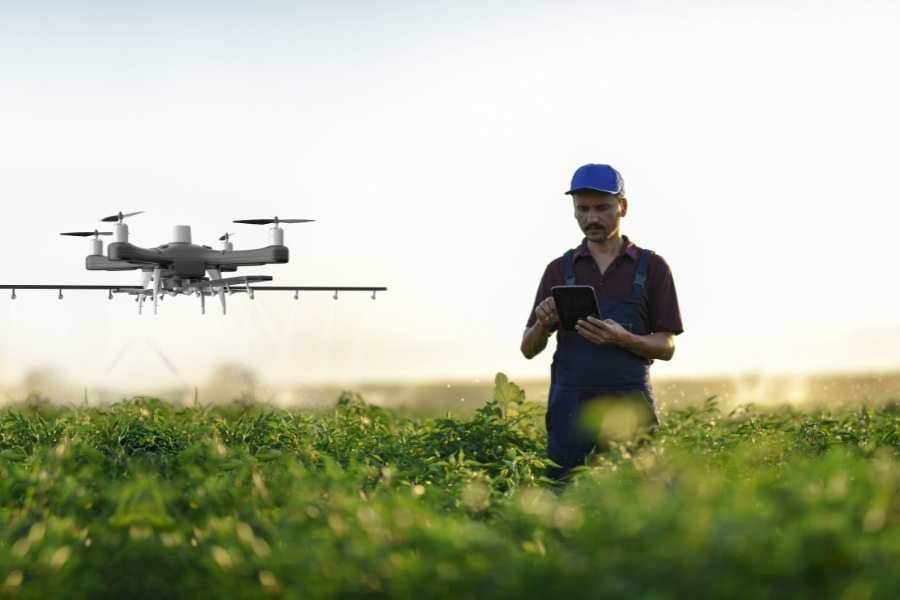Precision farming is being driven by drones, which have various advantages. In precision agriculture, efficiency, productivity, crop production, and profitability are all improved by applying technological methods. By 2025, drones in agriculture are predicted to be worth a whopping $5 billion.
Advancements in technology, such as the use of farming drones discussed in this guide, have revolutionized many industries, including pest control. In Indiana, pest control fort wayne leverages the latest techniques and tools to provide effective, efficient services for all your pest management needs.
Farmers and agronomists may use drones to monitor the health of their crops. Drones provide them with a better perspective of their fields and allow them to collect data much more quickly and efficiently than they could with traditional techniques alone. Farmers will be able to monitor their crops’ condition using farming drones for sale, allowing them to catch any insect activity before it gets out of hand.
By using a drone, farmers might save money since they can rapidly spot problems that could otherwise go unnoticed. Crop losses of hundreds or even thousands of dollars can result from a poor methodology that fails to identify issues early enough on the ground.
Drones in the Farming Industry
The usage of drones in agriculture is part of a new trend in farming operations that use modern technology to improve productivity and reduce waste.
Drones may be used for various tasks in agriculture, but their primary function is to collect exact data using a variety of sensors. To better understand crop health, diagnose disease and stress in plants, and pinpoint irrigation issues using these maps and 3D models, scientists may use the data they collect.
Drones are also used to spray pesticides and disease-fighting chemicals, distribute mulch, and plant seeds.
Drones in Agriculture: 3 Reasons to Use Them
- Accurate Farm Analysis Requires Fast Data Acquisition
Basically, farming drones for sale may assist farmers and agronomists in creating detailed maps and 3D models of their fields using a technique known as drone photogrammetry. Images acquired by drones and stitched together using software like Pix4DFields or Drone Deploy yield a topographical map of fields. Various cameras may be attached to drones, including RGB, multispectral, and thermal cameras, allowing farmers to access a wide range of information.
Farmers can use this information to improve their property to keep it healthy and productive. When farmers use drones, they can monitor their fields regularly, allowing them to quickly detect any concerns that may arise and then devise a plan of action to address them.
- Time & Cost Efficient
One of the main benefits of employing innovative technology in the agricultural sector is that numerous jobs may be completed in a shorter time. Regarding tasks like mapping, monitoring, and agricultural spraying, drones are far more time-efficient than human planes. Drones are becoming more common in the agriculture industry to spray crops with water, pesticides, herbicides, fertilisers, plant seeds, and so on. With intelligent flying modes, many of these procedures are semi-automated, resulting in less time consumption and saving farmers money on labour equipment.
- Enhanced Crop Production
To stay on top of things like irrigation concerns, plant disease, and soil conditions, farmers may use drones to collect agricultural data quickly and regularly. When these circumstances are met, crops grow, and farmers may reach their agricultural output objectives. Using data-driven variable rate prescription, farmers and agronomists in precision agriculture may boost total crop yields. With remote sensing technology, farmers can quickly spot portions of their fields that aren’t growing healthy crops, figure out what’s wrong, and then focus treatment efforts there solely. This method will improve crop quality, increase yields, and save money in the long run.

